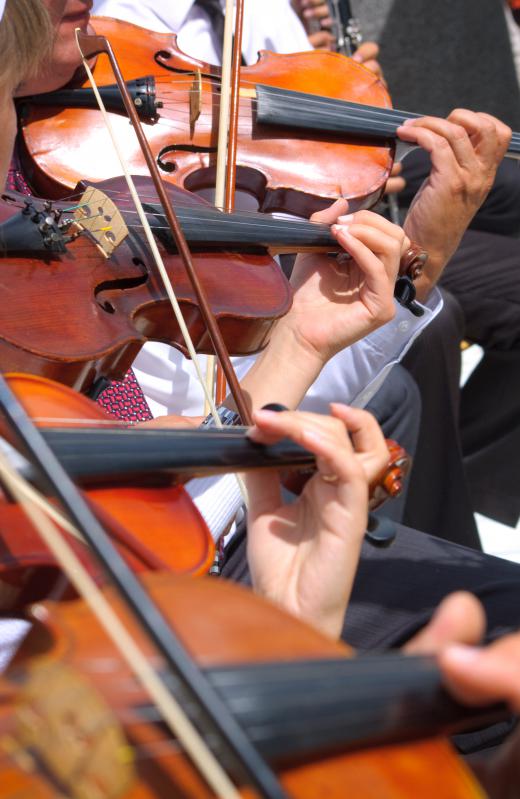An antique violin is a type of stringed musical instrument that is desirable because of its age, which, under the generally accepted definition of an antique, must be at least 100 years. This definition of an antique is open to interpretation, as no accepted international standard exists, but it is regarded as the standard for antique status by most collectors and dealers. Antiques are usually regarded as valuable for their rarity due to age, but an antique violin may have additional value due to other factors such as condition, rarity, and quality. Certain antique violins made by master luthiers such as Antonio Stradivari may be worth millions of dollars.
While any violin older than 100 years may be regarded as an antique, the most desirable antique violins come from the period 1600 to 1750, which is regarded as the golden age of violin making, when those violin makers regarded as the greatest masters of the art made their violins. Violins made in later years, up to around the year 1900 may still be regarded as antiques, but those from earlier centuries are generally much more valuable, both for their age and rarity as well as their quality.

Modern violins can be much different from those made in past centuries. While still primarily made of wood, modern violins may have parts fabricated from man-made materials. A fine antique violin will not contain any manmade materials. This is one of the easiest ways to determine that a violin is not an antique.
Authenticating an antique violin can be extremely difficult, however. Many antique violins have been restored or repaired, possibly with new parts. Some unscrupulous parties have even taken authentic violins made by the great masters and cannibalized them for parts to combine with less valuable violins in an effort to pass off the results as works of the master violin makers. This can result, for example, in the parts from one of Antonio Stradivari's violins appearing as a part of several other violins which are then touted as being made by Stradivari even though they are not true Stradivari violins.

Only an expert can truly distinguish an antique violin from a more modern instrument, a reproduction, or a fake. Potential buyers of one of these instruments should exercise great care and only purchase such a violin from a reputable dealer. Many antique violins sell for tens or hundreds of thousands or, in the case of certain Stradivari instruments, even millions of dollars.
